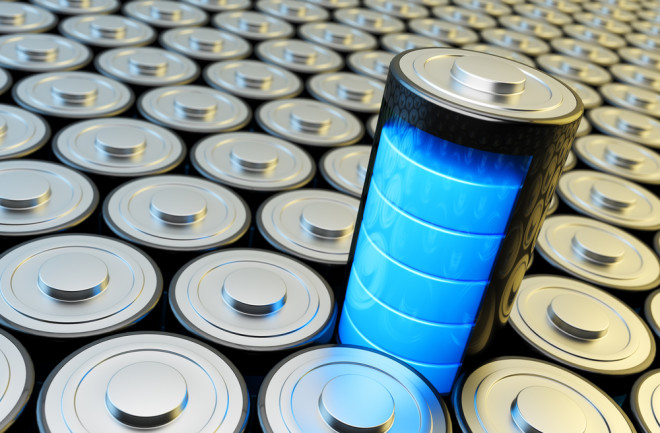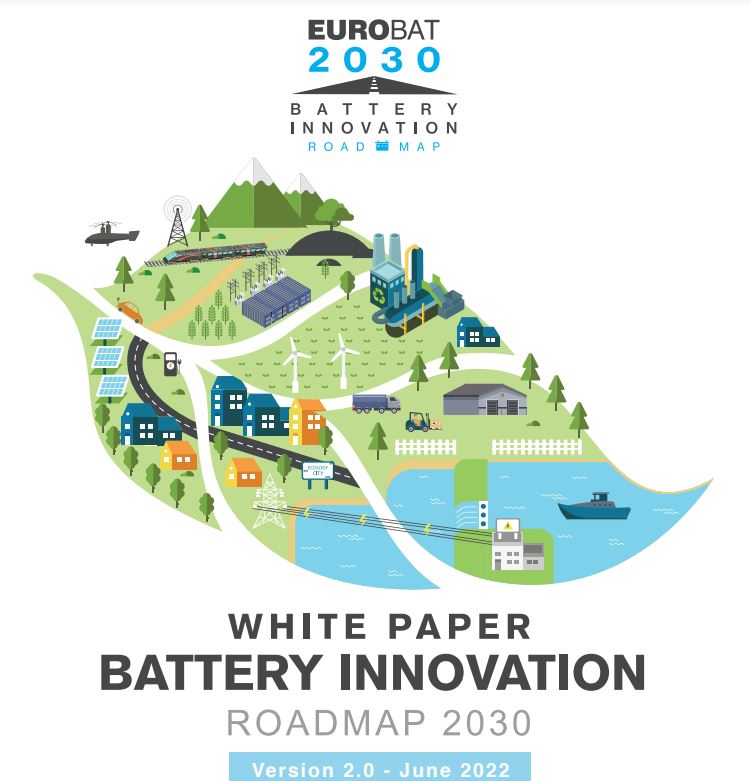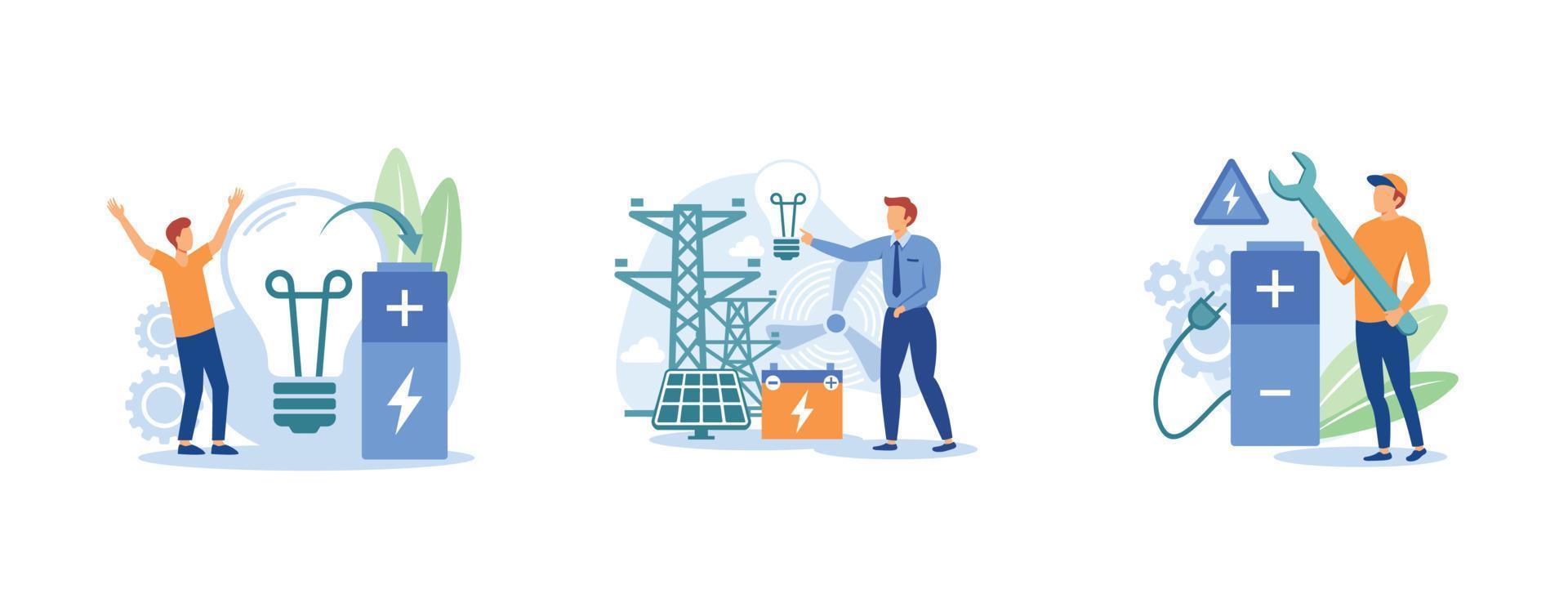When it comes to powering our devices and electric vehicles, lithium-ion has been the go-to act. But like a big rock band long past its heyday, lithium-ion has got us asking: What’s next? Is there another power player waiting in the wings for their spotlight moment? What is the next variant of battery technology that’s going to fuel our future? Buckle up as we delve deep into the exciting, electrifying world beyond lithium-ion, where power storage promises to be more efficient, stable, and perhaps even a little bit revolutionary.
The Limitations of Lithium-ion Batteries

When it comes to lithium-ion batteries, they’re sort of like the classic rock band that everyone loves, but wouldn’t mind seeing replaced by a hip, new indie group. Sure, they’ve been powering our tech-obsessed lives with admirable vigor, but, they’re not without their drawbacks.
The secret life of a lithium-ion battery isn’t all power-packed glory. For starters, the rate at which we can charge these power packs isn’t exactly a speedster’s dream. Sure, we’ve managed to cut down charging times quite a bit, but there’s still a considerable gap between empty and full. No one really likes those indeterminate hours glued to a plug point, anticipating the resurrection of a dead phone or laptop.
Lithium-ion batteries also have a rather annoying tendency, known as “battery memory effect“, to lose their maximum energy capacity with each charge and discharge cycle, especially if they’re not always fully discharged before recharging. This means, your battery might be brand new, but more often than not, you have to deal with this little idiosyncrasy which gives your battery the lifespan of a decade-old rockstar.
Then there’s the issue of the diva-like attitude of lithium-ion towards temperature. Try exposing your battery to the delights of a hot summer day or the chill of a winter breeze, and watch as it becomes as unresponsive as a teenager asked to do chores. Heat, in particular, is brutal and can hasten a lithium-ion battery’s demise.
Plus, the dark side of lithium-ion isn’t just about performance glitches. Spark-offs, anyone? If handled improperly or if quality control is skipped, these batteries can go full dramatic and catch fire or even explode. They’re basically as temperamental as that one elderly relative at family reunions – fine until they’re not.
Finally, from an environmental standpoint, the extensive use of lithium-ion batteries is not without concern. Lithium mining has massive environmental implications, including water contamination and damage to ecosystems. An ever-increasing demand for this mineral could further exacerbate these impacts.
While we owe the current age of portable electronic marvels to lithium-ion technology, it’s clear that their limitations might be hampering further breakthroughs. We’re not saying these are the equivalent of a washed-out band, but the time seems ripe for fresher, innovative alternatives to take the mic.
Revolutionary Battery Technologies on the Horizon

It seems like we just transitioned from Lead-Acid to Lithium-Ion batteries yesterday, but technology evolves at the speed of light and there are always new kids on the block ready to revolutionize the game. As we brace ourselves for the next wave of battery technology, a number of promising heavy-hitters are stepping up to the plate.
Solid-state batteries, the new big-shot, trounce traditional lithium-ion batteries in both capacity and safety. They replace their liquid electrolyte with a safer, more robust solid one, potentially offering higher energy density and reducing the risk of fiery mishaps. Imagine EVs pushing 1000 miles on a single charge or your smartphone not requiring a recharge for a week. Yep, that’s the potential of solid-state technology. Naysayers will point to current challenges regarding longevity and expensive production costs, but let’s just remember, lithium-ion batteries weren’t built in a day either.
Another noteworthy contender is Lithium-Sulfur (Li-S) technology. Exemplary for offering higher energy storage while being significantly lighter than their lithium-ion counterparts, they are turning heads particularly in the aerospace industry. Forget tech-savvy Teslas; we’re looking at the future technology for long-haul flight batteries.
Yet another emerging technology is the Sodium-ion battery. With sodium being generously available (read: cheaper) and more environmentally friendly, these batteries could be a major go-to for large-scale renewable energy storage solutions. They might not pack the same energy punch as Lithium-Ion, but they could play a major role in grid-scale implementations and eliminating the tag of “intermittent” often attached to wind and solar energy production.
And let’s not forget the wild card of the bunch, the “Metal-Air” batteries. These guys use oxygen drawn from the environment, eliminating the need to store an oxidizer. Imagine the potential of a battery technology that turns to the atmosphere for one of its components!
Now, this all sounds like some Jetsons-level advancement and yes, we are still a way off from these technologies becoming ubiquitous. But as we continue to demand more from our tech – further, faster, safer – we will keep pushing these boundaries. So, buckle up. This ride into the future of battery technologies is just getting started.
Future Trends in Battery Technology

Looking forward, the battery technology, or to be more precise, the power storage industry, is poised for a complete overhaul. The not too distant future promises groundbreaking innovations in this realm that could revolutionize the potential power of our favorite tech gadgets, luxurious electric vehicles and also our humble home appliances.
A significant thrust is anticipated to be towards the development and refinement of solid-state batteries. A step ahead of the current lithium-ion batteries, solid-state batteries eliminate the use of liquid electrolytes, thus dramatically reducing the risk of fire and making them safer. Alongside, their energy density is far superior, which in simpler words, means more power and a longer life span for your devices. Of course, with reduced risk and enhanced performance, these batteries could maximize the potential of electric cars, infusing them with a range that would give their fossil fuel counterparts a run for their cash.
In addition, there’s a flurry of activity in the area of nanomaterials to boost energy storage. Nanotechnologies are being extensively researched and experimented to improve the capacity and charging speeds of batteries. Imagine charging your smartphone in a matter of seconds instead of hours! That’s the kind of power we are talking about here.
On another front, the growth in the prevalence of renewable energy resources is driving the need for efficient storage systems. This has opened up avenues for exploring next-gen batteries such as flow batteries. Different from conventional batteries, flow batteries allow for separate energy storage and energy release components, enabling the capacity to be readily expanded. This scalability makes them ideal for grid-scale storage, an area that desperately needs innovation.
On a final note, don’t be surprised if you hear about biodegradable or environment-friendly batteries. With increasing focus on the environmental impact of technology, the development of batteries with low ecological footprints is a distinct possibility.
So, whether it is about maximizing potential, speeding up processes, thinking big or being environmentally conscious, the future trends of battery technology are strikingly transformative and powerful. As science and technology advance in leaps and bounds, it’s clear that the humble battery is not going to be left behind in this race and we are in for a thrilling ride ahead.
Case Studies of Innovative Battery Uses

Digging into the realm of innovative battery uses reveals a whole new paradigm of creativity and technological advancement. The landscape pulses with potential as batteries take on roles beyond just powering our phones, computers or electric vehicles. Let’s explore a few fascinating instances where the stint of out-of-the-box thinking has taken batteries’ usage to a whole new level.
Astonishingly, engineers and scientists are now deploying batteries to store solar and wind energy. For instance, Tesla’s Powerwall and Powerpack are designed to capture and store renewable energy during peak production hours to be used during periods of high demand or when the renewable sources are not producing. This innovative use of battery technology has tremendous implications for the scalability of renewable energy, and their widespread adoption could significantly reduce dependence on non-renewable sources.
On a slightly smaller scale, but no less impressive, is the usage of batteries in healthcare. Medtronic’s CardioInsight system uses a non-invasive 3D cardiac mapping technology that runs on batteries. Its innovative usage of a nickel-metal hydride battery has revolutionized the way heart anomalies are diagnosed, offering a better alternative to conventional techniques. The use of batteries in such vital medical applications is a testament to their ubiquitous nature and hints at further potential use cases in life-saving scenarios.
There’s creativity brewing in the field of wearable technology too. An example of this is the Matrix PowerWatch 2, a smartwatch powered by your body heat. This thermoelectric smartwatch uses the difference in temperature between your skin and the ambient air to generate electricity that charges the in-built battery, thus making constant cable charging a thing of the past. The innovative merging of thermoelectric and battery technology opens up numerous possibilities for self-powered wearable devices, and could spell a future where you become your own power source!
Moving from wearable tech to sustainable housing, Tesla yet again makes an appearance with its solar roofs. Used in combination with the Powerwall battery, the solar roof converts sunlight into electricity for immediate use or storage for later. This innovative combo of solar panels and batteries is a game-changer for homes, making them self-sustainable and reducing dependence on the conventional grid.
These are just a few of the numerous innovative ways in which batteries are being used. Each of these cases showcases how batteries are not just ancillary components but are, in fact, pivotal to these technological advancements. Their adaptability and flexibility herald an exciting future, where we can expect to see them integral to even more groundbreaking innovations.
FAQs
What’s wrong with the current lithium-ion batteries we’re using?
What’s going to replace the lithium-ion battery then?
How far are we from seeing these Solid-State Batteries in our everyday devices?
Conclusion
As we advance into an electrified future, it’s clear that lithium-ion batteries aren’t the be-all-end-all. Solid-state, graphene, and even sodium-ion stand as promising contenders, their potential offering both more light-weight and efficient solutions. Yet, the transition won’t happen overnight. Extensive testing, commercial feasibility, and mass production are massive hurdles. However, when these new technologies finally come to fruition, they may altogether redefine our understanding of energy storage systems.
